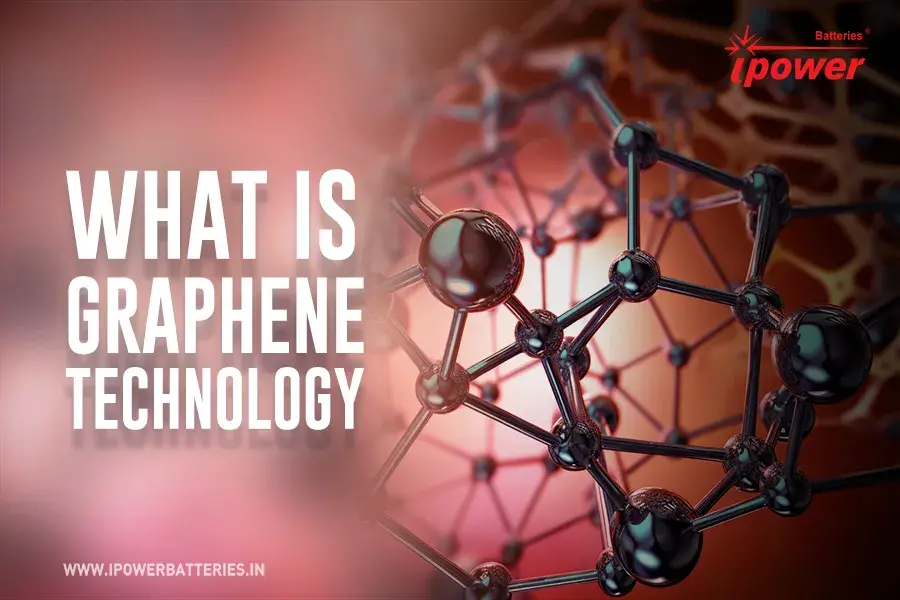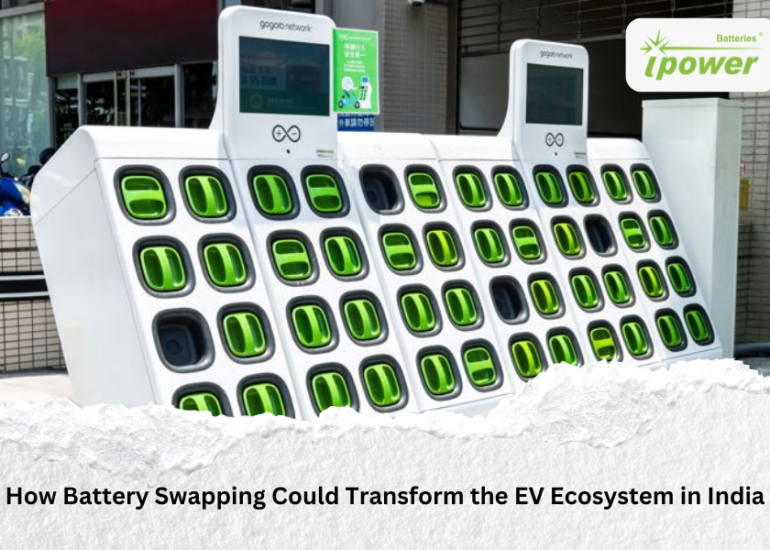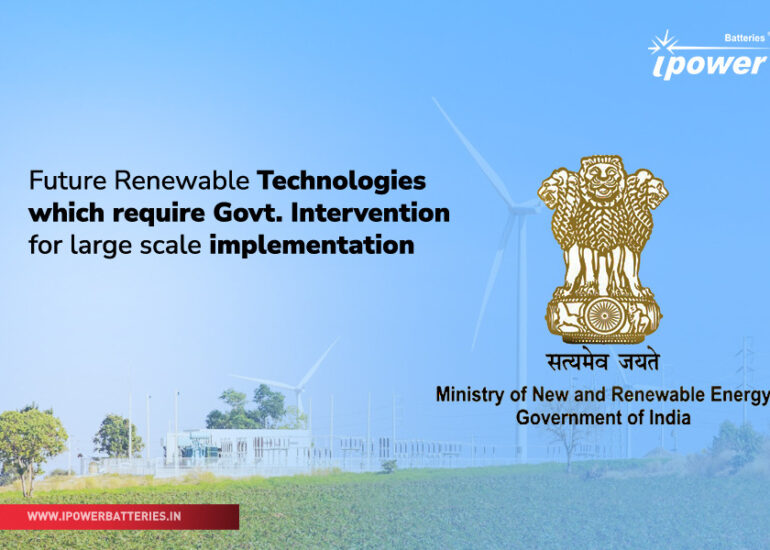Energy storage systems (ESS) play a pivotal role in modern society, enabling the efficient utilization of renewable energy sources, load balancing on the grid, and providing backup power in various applications. Among the multitude of battery technologies, lead-acid batteries have long been a cornerstone due to their reliability, low cost, and wide availability. However, their performance and efficiency have often been limited by inherent drawbacks. Enter graphene, a revolutionary material that promises to transform lead-acid batteries, enhancing their performance and extending their lifespan. In this article, we delve into the role of graphene-based lead-acid batteries in energy storage systems, exploring their potential, advantages, and applications.
Understanding Graphene: Graphene, a two-dimensional carbon allotrope, has garnered immense attention in the scientific community since its discovery. With extraordinary properties such as high electrical conductivity, exceptional mechanical strength, and large surface area, graphene exhibits immense potential for various applications, including energy storage. Its unique structure consists of a single layer of carbon atoms arranged in a hexagonal lattice, making it the thinnest material known to man yet incredibly robust.
Enhancing Lead-Acid Batteries with Graphene: Lead-acid batteries, despite being one of the oldest rechargeable battery technologies, suffer from limitations such as low energy density, short cycle life, and slow charging rates.
Integrating graphene into lead-acid battery designs addresses these shortcomings and unlocks a host of benefits:
Improved Conductivity: Graphene’s exceptional electrical conductivity facilitates rapid charge and discharge rates, enhancing the overall efficiency of lead-acid batteries. This leads to reduced charging times and improved power delivery, making them suitable for high-demand applications.
Enhanced Cycling Stability: The addition of graphene improves the mechanical strength and structural integrity of lead-acid batteries, mitigating issues such as electrode degradation and sulfation. As a result, graphene-based lead-acid batteries exhibit prolonged cycle life and enhanced durability, reducing maintenance requirements and total cost of ownership.
Increased Energy Density: By leveraging graphene’s high surface area and porosity, researchers have successfully increased the active material loading within lead-acid batteries. This translates to higher energy densities, allowing for greater energy storage capacity within the same footprint. As a consequence, graphene-based lead-acid batteries offer improved energy storage efficiency and space utilization.
Temperature Tolerance: Graphene’s excellent thermal conductivity facilitates efficient heat dissipation within lead-acid batteries, reducing the risk of thermal runaway and enhancing safety, particularly in high-temperature environments. This property makes them suitable for a wide range of operating conditions, from extreme cold to elevated temperatures.
Applications of Graphene-Based Lead-Acid Batteries in ESS:
The integration of graphene into lead-acid batteries opens up diverse applications within energy storage systems:
Grid-Level Energy Storage: Graphene-based lead-acid batteries can serve as cost-effective solutions for grid-scale energy storage, enabling load shifting, peak shaving, and renewable energy integration. Their enhanced performance and reliability make them ideal for stabilizing grid fluctuations and ensuring uninterrupted power supply.
Residential and Commercial Energy Storage: In residential and commercial settings, graphene-based lead-acid batteries can complement solar PV systems, storing excess energy during periods of low demand for later use. Their compact footprint, high energy density, and long cycle life make them well-suited for space-constrained environments.
Telecommunications and Backup Power: Graphene-based lead-acid batteries offer reliable backup power solutions for telecommunications infrastructure, data centers, and critical facilities. Their rapid response times and extended cycle life ensure uninterrupted operation during grid outages or emergencies.
Automotive and Transportation: The automotive industry can benefit from graphene-based lead-acid batteries in hybrid and electric vehicles, providing improved energy storage performance, reduced weight, and enhanced safety. Their compatibility with existing manufacturing processes makes them an attractive option for mass adoption.
Future Outlook: As research and development in graphene-based lead-acid batteries continue to advance, further improvements in performance, cost-effectiveness, and scalability are anticipated. With ongoing efforts to optimize manufacturing processes and scale up production, graphene-based lead-acid batteries are poised to revolutionize the energy storage landscape, offering sustainable and reliable solutions for a myriad of applications.
Conclusion: Graphene-based lead-acid batteries represent a significant advancement in energy storage technology, addressing the limitations of traditional lead-acid batteries while leveraging the exceptional properties of graphene. Their enhanced performance, durability, and versatility make them indispensable components of energy storage systems across various sectors. As we strive towards a sustainable energy future, graphene-based lead-acid batteries stand at the forefront, driving innovation and enabling the widespread adoption of renewable energy sources.





